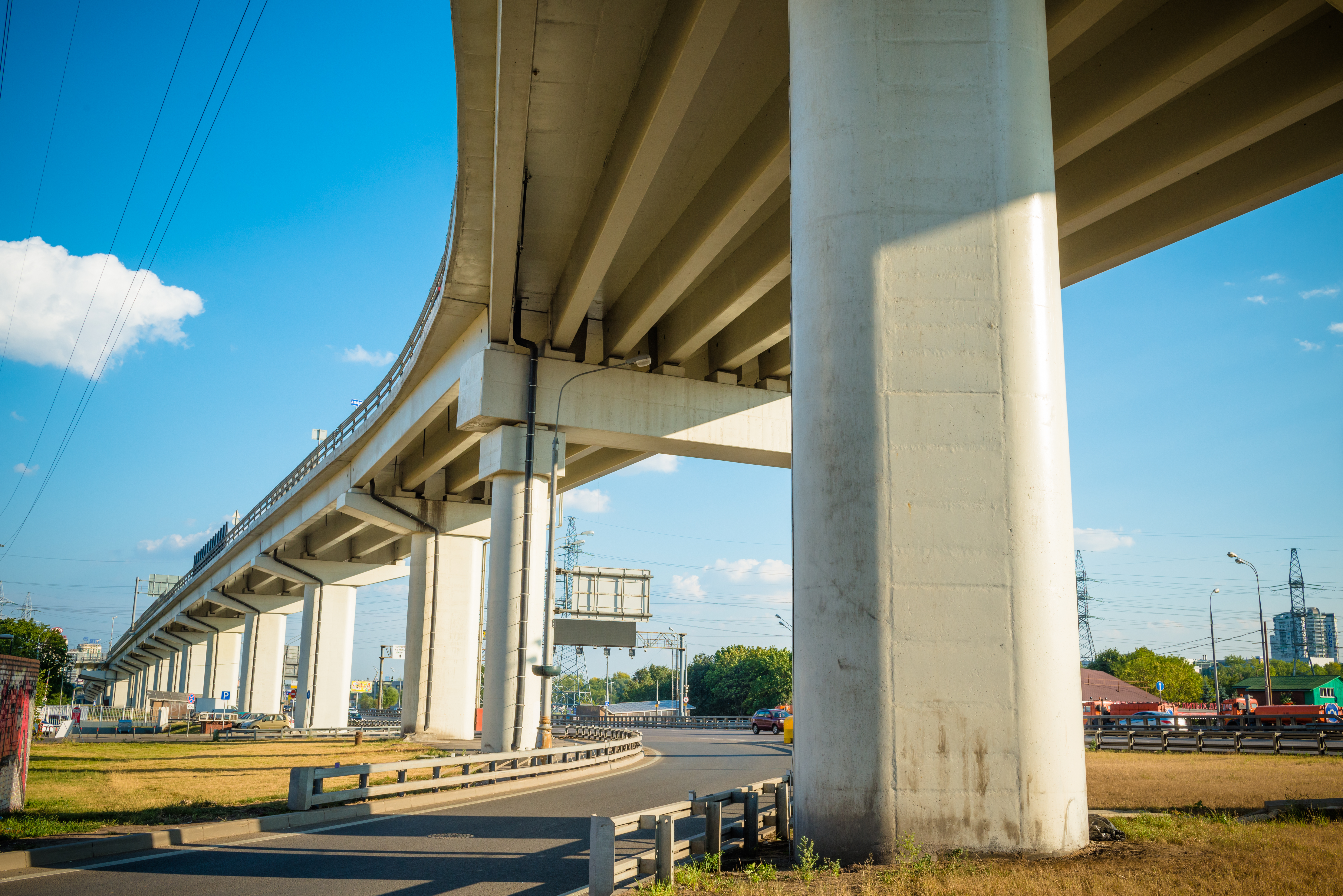

2020-10-26 08:36:57

Lightweight concrete is nothing new to us. It's been around in different forms for decades. There are a number of lightweight concrete forms. For the purposes of this article, we shall only consider structural lightweight concrete: a mixture of portal cement , water, fine (sand) aggregates, and expanded clay, shale or slate coarse aggregates. Although normal-weight concrete mixtures usually weigh between 145 and 155 pcf, lightweight concrete typically weighs between 110 and 115 pcf. Structural lightweight concrete usually has 28-day compression capacities equivalent to normal-weight concrete.
The primary difference between normal-weight concrete and lightweight concrete for structural applications is the coarse aggregate material. Normal weight aggregates are usually natural crushed stones, while light weight aggregates are produced by heating clay, shale or slate in rotary ovens at temperatures of around 2,000 ° F. At these temperatures, the aggregates extend and grow a network of interconnected internal pores in sizes ranging from 5 to 300 microns.
Structure Quality of Light Weight Concrete
The main reason why lightweight concrete is used is to minimize weight, which also improves the functionality, architectural expression and/or construction of the structure. ESCS lightweight aggregate optimizes structural performance by improving the strength-to - weight ratio as seen in the following applications:
Buildings – In architecture, this is accomplished by thinner fireproof slabs, longer span, expressive roof design, higher buildings, additional floors added to existing structures even where architecture is in bad soil conditions. Weight reduction optimizes land use by having a reduced footprint that encourages more people to be welcoming to the local environment.
Less construction materials are also used for:
Reducing the loads of the foundation will result in smaller bases, less piles, smaller pile caps and less reinforcement.
Decreased dead loads can result in smaller supporting medians (decks, beams, girders and piers)
Decreased dead load would result in reduced inertial seismic forces.
Bridges – This can allow a wider bridge deck (additional lanes) to be built on existing structural supports with minimal or no modifications. Improved buildability can result in a balanced cantilever bridge construction, where lightweight concrete is used on one side of the pier and standard weight concrete used on the other to provide equal weight while providing a longer span on the lightweight side of the pier. This has allowed piers to be located closer to the land with substantial cost reductions. On bridge deck replacements or overlays, the deck can be thicker to allow more cover over reinforcement or to provide better drainage without adding additional dead load to the structure. Lightweight concrete is used to build longer bridge spans, eliminating the need for expensive and aesthetically inappropriate piers.
And that's not all.
Lightweight expanded clay aggregate is a flexible material used in a growing range of applications. ECA aggregate is also used in water treatment systems for the filtration and purification of urban wastewater and drinking water as well as other filtering methods, including industrial wastewater and fish farms.
ECA is used in agriculture and landscapes. It may alter the dynamics of soil. It is used as a growing medium in hydroponics systems as it is blended with other growing mediums such as soil and peat, can improve drainage, retain water during dry periods, insulate roots during frost, and provide increased oxygen levels to support very vigorous growth. ECA can be combined with hard soil to enhance aeration and drainage.
More and more people use clay pebble techniques to harvest their plantation. Plant harvesting is fast, which can save large-scale producers of hydroponics clay balls and aquaponics. In addition, ECA hydroponics is an effective system for both media bed and Dutch bucket techniques. Since it is a natural and organic substance, clay pebbles are an excellent material for soilless gardening. These are very beneficial in a variety of ways when it comes to hydroponics.
So get in touch with us at +91 7926462688 and capitalize on the various benefits of ECA.
Leave a Comment
Your comments added successfully.Thank You!